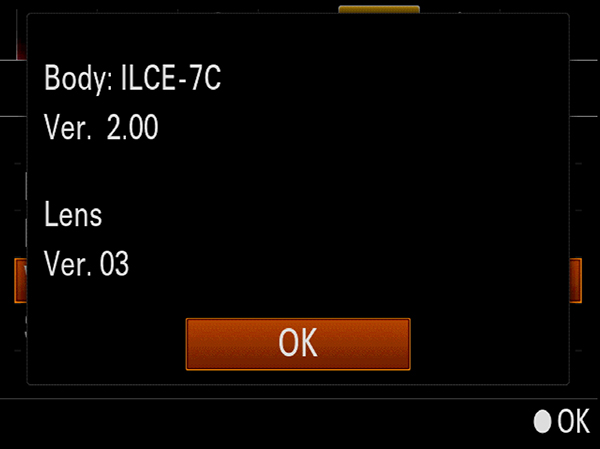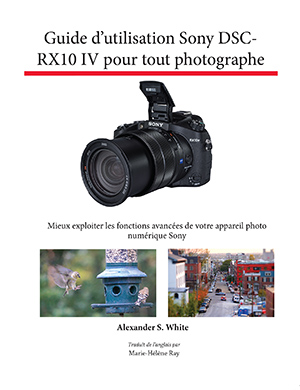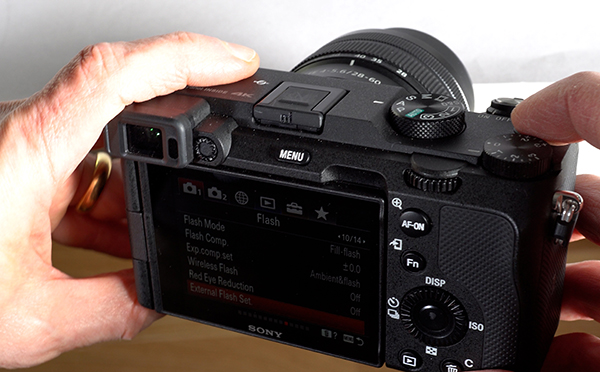I’m calling this blog “An Individual Publisher’s Journey.” I could have referred to my story as that of a self-publisher or a small publisher, but settled on “individual publisher.” I don’t know if that phrase is a common one or not, but it seems to describe what I’m doing.
Let me bring the story up to date, after a brief snapshot of the present.
As of today, I have a draft of my book with a freelance copy editor. The draft also has been sent out to several volunteers with knowledge and interest in the subject of the book. Yesterday I worked on calibrating my printer and monitor so the color photographs in the book have a better chance of looking like reality. I have a list of more photographs to take, and I need to re-design the book’s cover. I’m hoping to publish the book later this month, or maybe in early November. I still need to work on the index. I need to do some research on a topic suggested by one of the volunteer readers. I need to figure out how to blog; this is my first blog post, which I’m undertaking at the suggestion of another of the volunteer readers.
Okay, that was a snapshot of the status of the project as of today. Now I will enter flashback mode and describe what I’m trying to accomplish, and how I got to this point.
I have a full-time job working for a large organization, but ever since my high school days I have entertained visions of being a writer. For years I dabbled in writing stories, read magazines like Writer’s Digest, The Writer, and others, bought copies of Writer’s Market and many other books about how to get published. I submitted stories on occasion to magazines and had them quickly rejected. I submitted some non-fiction articles, and they were mostly accepted. I had a few reviews of computer printers published back in the 1980s.
Then, in 1992, after my mother died, I came into possession of a large collection of items that belonged to my uncle, Joseph Sailer, a U.S. Marine Corps dive-bomber pilot who distinguished himself in battle at Guadalcanal during World War II. He was killed in combat on December 7, 1942. My mother had spoken of her brother often, and hinted that she would like me to write his story some day.
So, starting in 1993, I set out to gather all the available material and add to it by interviewing his surviving military colleagues and doing research in military archives. I put his story together in a book called Dauntless Marine: Joseph Sailer Jr., Dive-Bombing Ace of Guadalcanal. I submitted the manuscript to about six publishers. Five of them either didn’t respond or rejected it summarily. The last one, Naval Institute Press, showed some interest, but decided not to publish it.
Rather than start another round of submissions to publishers, I decided to self-publish the book. I saw an article in The Washington Post about a biography of baseball legend Walter Johnson. The book had been written by a local author who wanted to control the publication himself. He hired a Washington publishing company, Farragut Publishing, to put the book together for him.
The book looked just like any commercially published book, and that sounded like a good approach, so I called Farragut. They were very professional and appeared to be (and were) quite reputable, and the project worked out well. Dauntless Marine was published in 1996 and got a few fairly favorable reviews. It appeals to a fairly narrow audience, mostly people with relatives who were at Guadalcancal (or were there themselves, though there aren’t too many left), or those with an interest in Marine Corps aviation history.
The one big drawback of this system of publishing was the expense. The book is hardbound and looks very nice, but I’ll never come close to recovering the costs of printing it. It’s available now on Amazon.com, where it sells roughly six copies per year. I have probably about 700 copies sitting around the house in shipping cartons.
I wanted to write another book, but had trouble finding a topic. Finally I realized that I could combine a couple (or more) of my interests and start a new book project. I have enjoyed photography for several decades; I used 35mm film cameras in the 1960s, including a Besseler Topcon and various Canon models, a Pentax, and others. I also did some Super-8 movie-making, and even a bit of 16mm filming with a Bolex. In recent years, when digital photography started to take over, I have used a series of increasingly capable digital cameras.
My most recent camera, which I bought a few months ago, is a Leica D-Lux 4. The D-Lux 4 is a compact, point-and-shoot sized camera, but with unusually sophisticated features and specifications for a pocketable camera. Leica is a prestigious brand name; the company’s other cameras, dating back decades, are very expensive (thousands of dollars), high-quality pieces of equipment. The D-Lux 4 is expensive for a compact digital camera (about $700), but relatively affordable.
The camera seems to have an enthusiastic following, especially on the Leica forum at dpreview.com, an excellent site for information about digital cameras. The camera’s user guide is somewhat impenetrable, and there is no third-party book about the camera available, as there are for other cameras, mostly the larger DSLRs (digital single-lens reflex cameras, which take interchangeable lenses).
So, my project was to write a guidebook to the D-Lux 4. The camera has been on the market for about a year now, and no digital model lasts very long these days, so I didn’t really have time to submit the book to commercial publishers. So I decided to publish the book myself. This time, though, I can’t turn to Farragut or another publisher like that, because of the expense. The book about my uncle was one I wanted to write no matter what, to make a historical record for the benefit of my relatives and my uncle’s military colleagues and others with an interest in his story. The camera book, though, is one I hope to sell and make some (not much) money from.
I have read several books about self-publishing; the frequently updated book by Dan Poynter and several others. One possibility started to intrigue me, though. Most of the experts on self-publishing expect the author to complete the manuscript, possibly going as far as doing the page layout in a program such as Quark Express, PageMaker, or, more recently, Adobe InDesign, and then submit a .pdf file to a printing company to have them produce the actual books.
There is the possibility, though, of going one step further with the “self” aspect of self-publishing, and do everything yourself, including printing and binding. When I saw posts on the internet asking about this, the experts generally would say something like, no, self-printing won’t work; it’s very complicated and messy, and never turns out well.
They may turn out to be right, but I’m in the process of finding out for myself. In other words, I am planning to print the book on a laser printer at home, then bind it with a paper cover, and distribute them, however I can, from home.
Okay, that is the basic story to date. Next time I will go into some more details about exactly what I have done so far, in terms of equipment, procedures, obstacles, etc.








